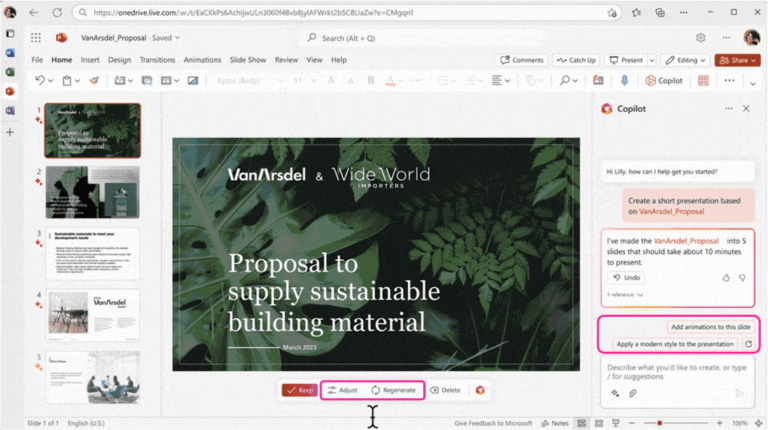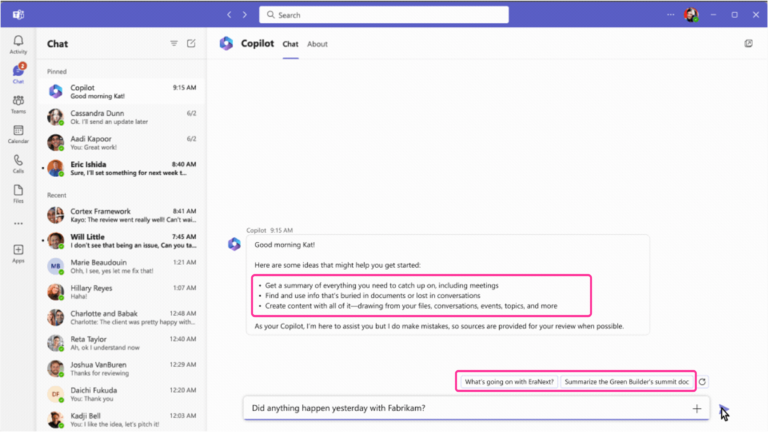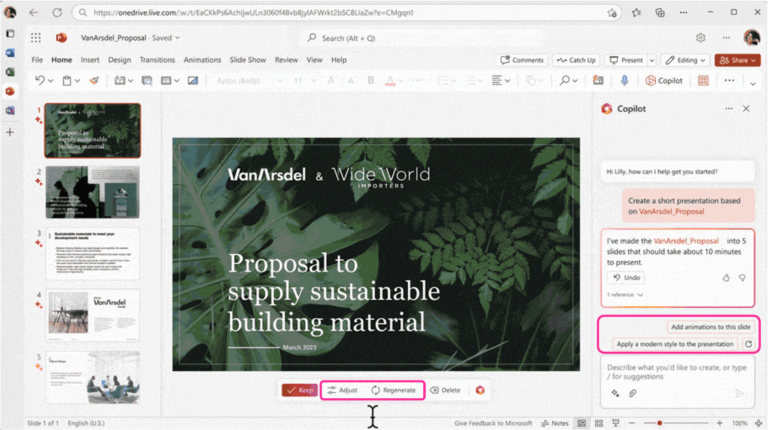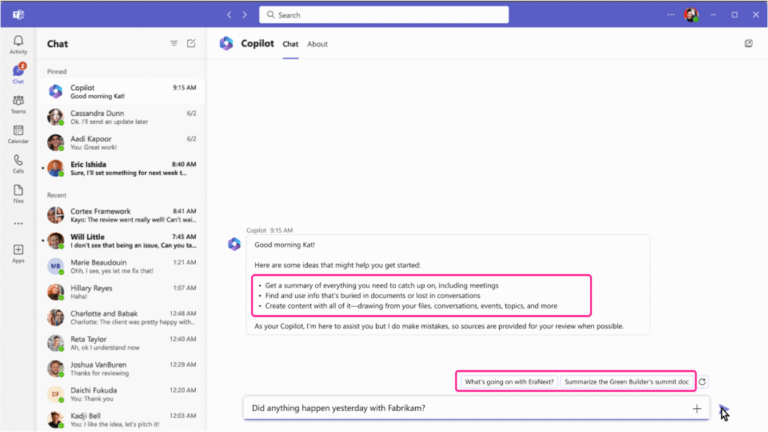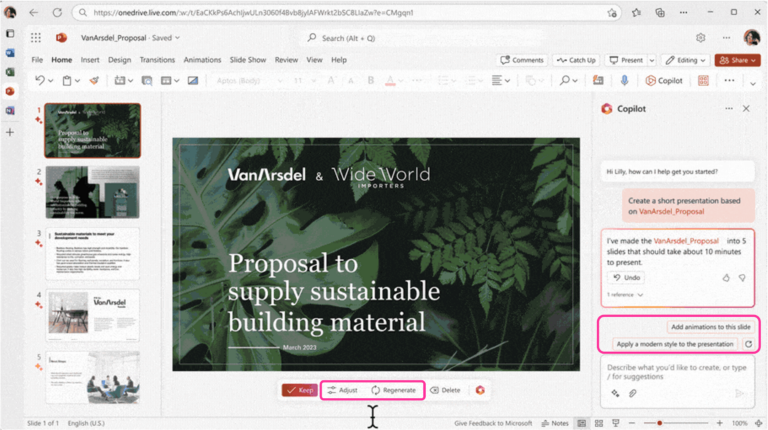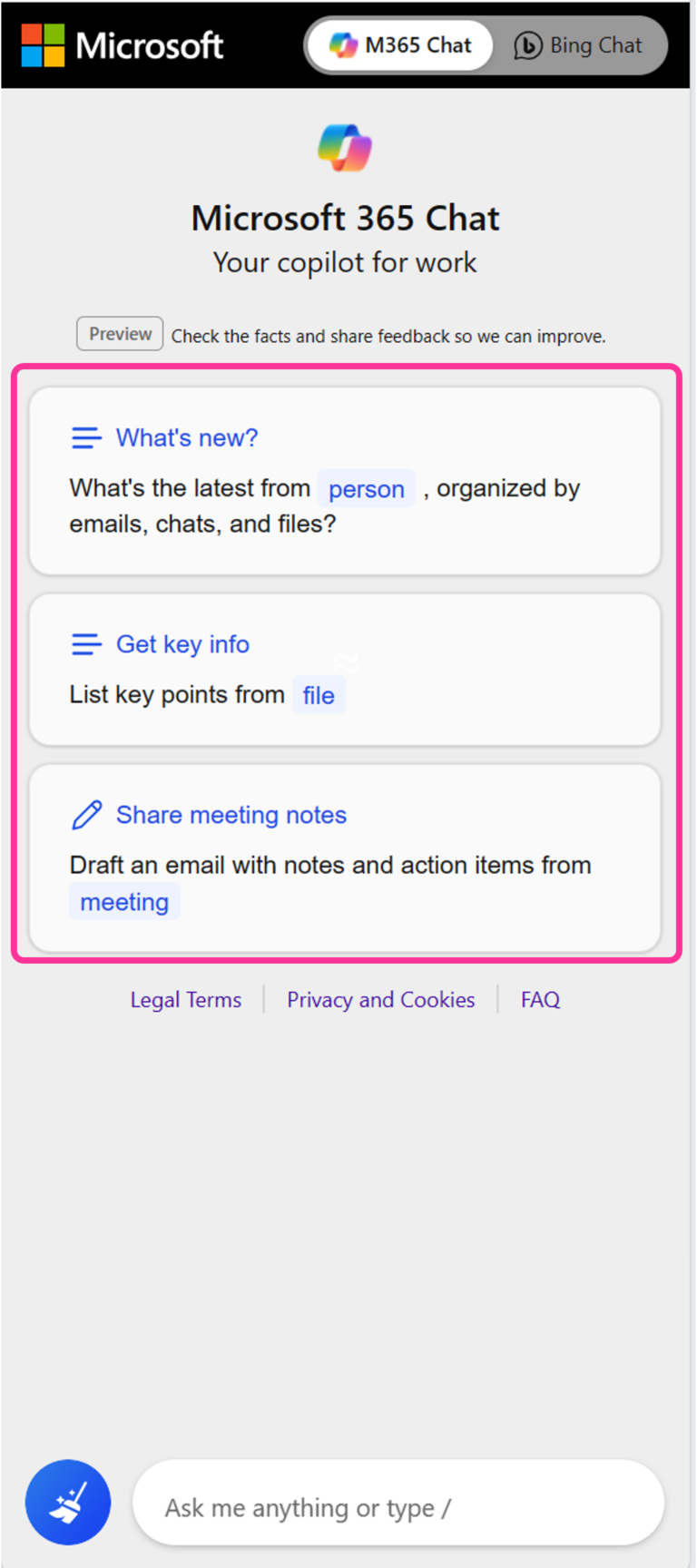Problem
The user needs to understand what the system can do.
Solution
Show possible user inputs to demonstrate to the user what the system can do.
Use when
- The system supports explicit user input.
- It is hard for the user to discover the range of system capabilities.
- It is desirable to promote consistency among user inputs.
- It is desirable to influence the user’s input toward what is easier for the system to understand.
How
Show possible user inputs in one or more of the following forms:
- Clickable preformulated user inputs.
- Non-clickable user inputs, which are usually pre-populated in a user input field.
- Fully preformulated possible user inputs.
- Possible user inputs formulated during user interaction through auto-completion.
- Static possible user inputs that do not change based on context.
- Conditional possible user inputs that change in response to the user’s previous actions.
Select possible user inputs to display based one or more considerations:
- Diversity – ensure the sample user inputs are sufficiently diverse to demonstrate the range of system capabilities.
- Popularity – select among popular or trending user inputs.
- Contextual relevance – for example, take into consideration current events or user goals.
User benefits
- Enables the user to discover non-obvious system capabilities.
- Clickable preformulated user inputs enable the user to perform tasks efficiently.
- Possible user inputs selected on the basis of popularity or contextual relevance may have informational value beyond learning what the system can do.
Common pitfalls
- The system underperforms in response to a preformulated user input or to one that is similar.
- Sample preformulated user inputs promote undesirable social biases or violate social norms.
- Outputs resulting from preformulated user inputs promote undesirable social biases or violate social norms.
- The pattern implementation creates expectations that the system can do more than it is capable of.
Note: Over-inflated user expectations have been shown to cause frustration and even product abandonment.
References
Over-inflated user expectations have been shown to cause frustration and even product abandonment:
- Jan Hartmann, Antonella De Angeli, and Alistair Sutcliffe. 2008. Framing the user experience: information biases on website quality judgement. In Proceedings of the SIGCHI Conference on Human Factors in Computing Systems (CHI ’08). Association for Computing Machinery, New York, NY, USA, 855–864. DOI:https://doi.org/10.1145/1357054.1357190
- Jaroslav Michalco, Jakob Grue Simonsen & Kasper Hornbæk (2015) An Exploration of the Relation Between Expectations and User Experience, International Journal of Human–Computer Interaction, 31:9, 603-617, DOI: 10.1080/10447318.2015.1065696
- Daniel S. Weld and Gagan Basal. 2018. Intelligible Artificial Intelligence
- P. Robinette, W. Li, R. Allen, A. M. Howard and A. R. Wagner, Overtrust of robots in emergency evacuation scenarios, 2016 11th ACM/IEEE International Conference on Human-Robot Interaction (HRI), Christchurch, 2016, pp. 101-108, doi: 10.1109/HRI.2016.7451740.




